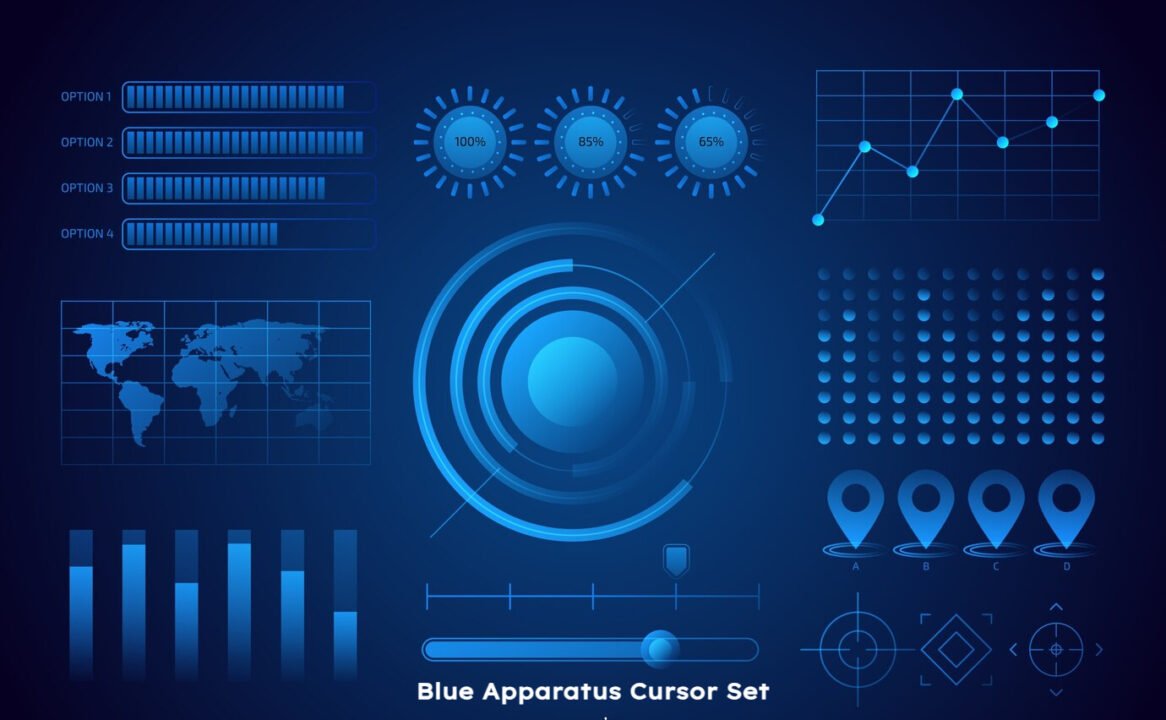Key Takeaways
- Ransomware is a growing threat that can lock files and systems, demanding hefty ransoms, highlighting the importance of robust cybersecurity measures.
- Effective defense against ransomware includes using antivirus software, maintaining up-to-date systems, configuring firewalls, and utilizing strong passwords and multifactor authentication.
- Regular data backups, especially through the 3-2-1 rule, are essential for ensuring data recovery without paying a ransom in case of an attack.
- Employee training on identifying phishing attempts and creating a culture of security can significantly reduce the risk of ransomware breaches caused by human error.
- An incident response plan, legal preparedness, and leveraging threat intelligence are crucial for minimizing damage, staying compliant, and adapting to evolving ransomware tactics.
Understanding Ransomware Threats
Ransomware, a pervasive cyber threat, is a type of malicious software or malware that locks up the victim’s files or computer system, holding the data hostage until a ransom is paid. The surge in these attacks has been alarming, mainly because of their disruptive nature and the hefty ransoms demanded. According to cybersecurity experts, the sophistication of ransomware is increasing, with attackers deploying new techniques that are harder to detect and eliminate. Recognizing the gravity of this threat is crucial for individuals and businesses alike, as it underscores the necessity for robust security measures and informed cybersecurity practices. To combat ransomware effectively, Fortinet’s solution to prevent ransomware hacks provides essential tools specifically designed to safeguard networks, making them a pivotal resource for both small and large businesses in their cybersecurity strategies.
Strengthening Your Defenses
Implementing comprehensive cybersecurity solutions can significantly mitigate the risk of ransomware. Antivirus and anti-malware software act as frontline defenses, scanning files and monitoring network traffic to detect potentially harmful activities. Regular updates play a vital role, too, as they address known vulnerabilities and weaknesses in software. System administrators should also ensure that firewalls are correctly configured to block unauthorized access and that strong, unique passwords are employed for all accesses. Multifactor authentication is an additional protective layer that can prevent unauthorized logins, even if passwords are compromised, further hardening your defenses against potential cyber threats.
Backing Up Your Data
Backing up data is not just a precautionary measure; it is a pivotal element of any cybersecurity strategy. In the event your data is negatively impacted by a malware attack, having backups ensures that data access is retained, circumventing the ransom demand. A comprehensive backup strategy, notably the 3-2-1 backup rule, provides a framework for resilience. It entails maintaining three copies of your data, two of which must be kept on various media, and one of which must be kept off-site. Automating backups and conducting regular tests of backup systems confirm that your data can be recovered smoothly and without any data loss during an unexpected incident.
Employee Training and Awareness
Human error remains a significant vector for ransomware intrusions. Phishing attacks, where cybercriminals use fraudulent communications to dupe victims into revealing sensitive information or downloading malware, are common. Educating employees on identifying suspicious emails and links is an indispensable part of fortifying your defenses against these threats. Training programs can include simulation exercises, workshops, and regular updates on the latest security threats. When the workforce is knowledgeable about the nature of ransomware threats, they can serve as an effective line of defense, preventing a potential breach before it occurs.
Creating a Culture of Security
Building a culture of security within an organization calls for continuous engagement from all employees, from entry-level to executive positions. Encouraging staff to report potential security threats without fear of reprimand promotes openness and proactiveness. Recognizing and rewarding employees who adhere to best security practices can strengthen their commitment to cybersecurity, creating an environment where security is part of everyday practices rather than an afterthought.
Incident Response Plan
An incident response plan is imperative for minimizing damage and facilitating a swift recovery post-attack. The plan should outline specific procedures, designate roles, and propose communication strategies to be employed during a ransomware breach. Regular drills to test the plan ensure all parties know their responsibilities and can enact the plan effectively under pressure. Continuous learning from past incidents and adapting the plan to reflect new threats guarantees that a company is prepared not only for current contingencies but also for evolving cyber landscapes.
Legal and Policy Considerations
In the unfortunate event of an attack, understanding the legal context and recognizing privacy laws and compliance implications are vital. Cyber incidents often require legal responses concerning notification and compensation for affected clients. Consulting with legal experts can guide adherence to data protection regulations and help navigate the complex requirements of cybersecurity laws. Fostering a relationship with law enforcement agencies can further aid in addressing the aftermath of a ransomware attack.
Leverage Threat Intelligence
Gathering and leveraging threat intelligence provides a tactical advantage against ransomware threats. By subscribing to and participating in cybersecurity information exchange forums, companies can access a trove of intelligence on emerging threats and tactics employed by cybercriminals. Integrating such intelligence into security operations can enhance detection capabilities and enable proactive measures. Keeping abreast of the latest cybersecurity updates ensures businesses can preempt threats, maintaining cyber defenses that are both comprehensive and adaptable.
Future Trends in Cybersecurity
The fast changing cybersecurity landscape is a result of both the sophistication of threats and technology breakthroughs. Future trends suggest greater reliance on AI-driven security models that can predict and respond to ransomware threats in real time. Blockchain technologies are also being explored as methods to secure data transactions further. For businesses, staying ahead in this dynamic environment means embracing new technologies and methodologies. Commitment to continuous learning and adaptation will ensure that security measures remain robust, thus safeguarding data integrity and maintaining user trust in the digital age.
Conclusion
In conclusion, staying safe from ransomware requires a multifaceted approach that combines proactive defenses, such as robust cybersecurity tools and regular data backups, with a well-prepared workforce and clear incident response plans. By investing in security technologies, educating employees, and continuously adapting to emerging threats, businesses can better protect themselves against this growing cyber risk. Maintaining a culture of security and leveraging threat intelligence ensures that organizations are not only prepared for today’s challenges but also resilient against future cyberattacks.





